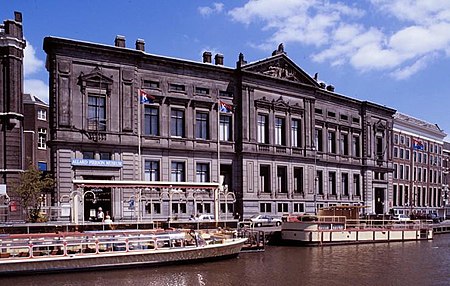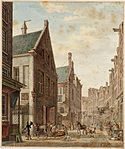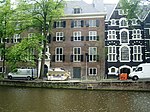Allard Pierson Museum
1934 establishments in the NetherlandsArchaeological museums in the NetherlandsEgyptological collectionsHistory of AmsterdamMuseums established in 1934 ... and 7 more
Museums in AmsterdamMuseums of Ancient Near EastMuseums of ancient Greece in the NetherlandsMuseums of ancient Rome in the NetherlandsPlaster cast collectionsUniversity museums in the NetherlandsUniversity of Amsterdam

The Allard Pierson Museum is the archaeological museum of the University of Amsterdam. It is situated at the Oude Turfmarkt 127 in Amsterdam, the Netherlands. Artifacts from the ancient civilizations of ancient Egypt, the Near East, the Greek World, Etruria, and the Roman Empire are curated and exhibited in this museum.
Excerpt from the Wikipedia article Allard Pierson Museum (License: CC BY-SA 3.0, Authors, Images).Allard Pierson Museum
Vendelstraat, Amsterdam Centrum
Geographical coordinates (GPS) Address Nearby Places Show on map
Geographical coordinates (GPS)
| Latitude | Longitude |
|---|---|
| N 52.368944444444 ° | E 4.8929444444444 ° |
Address
UvA Binnengasthuisterrein
Vendelstraat
1012 XX Amsterdam, Centrum
North Holland, Netherlands
Open on Google Maps











